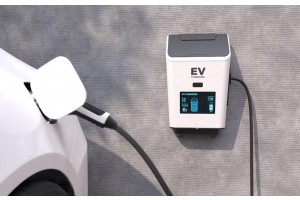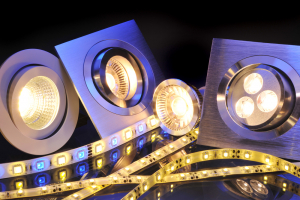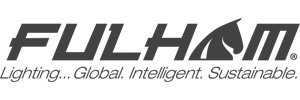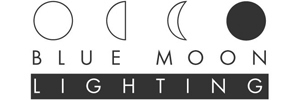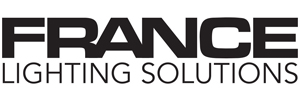Banning the Bulb - Understanding the New Incandescent Light Bulb Ban
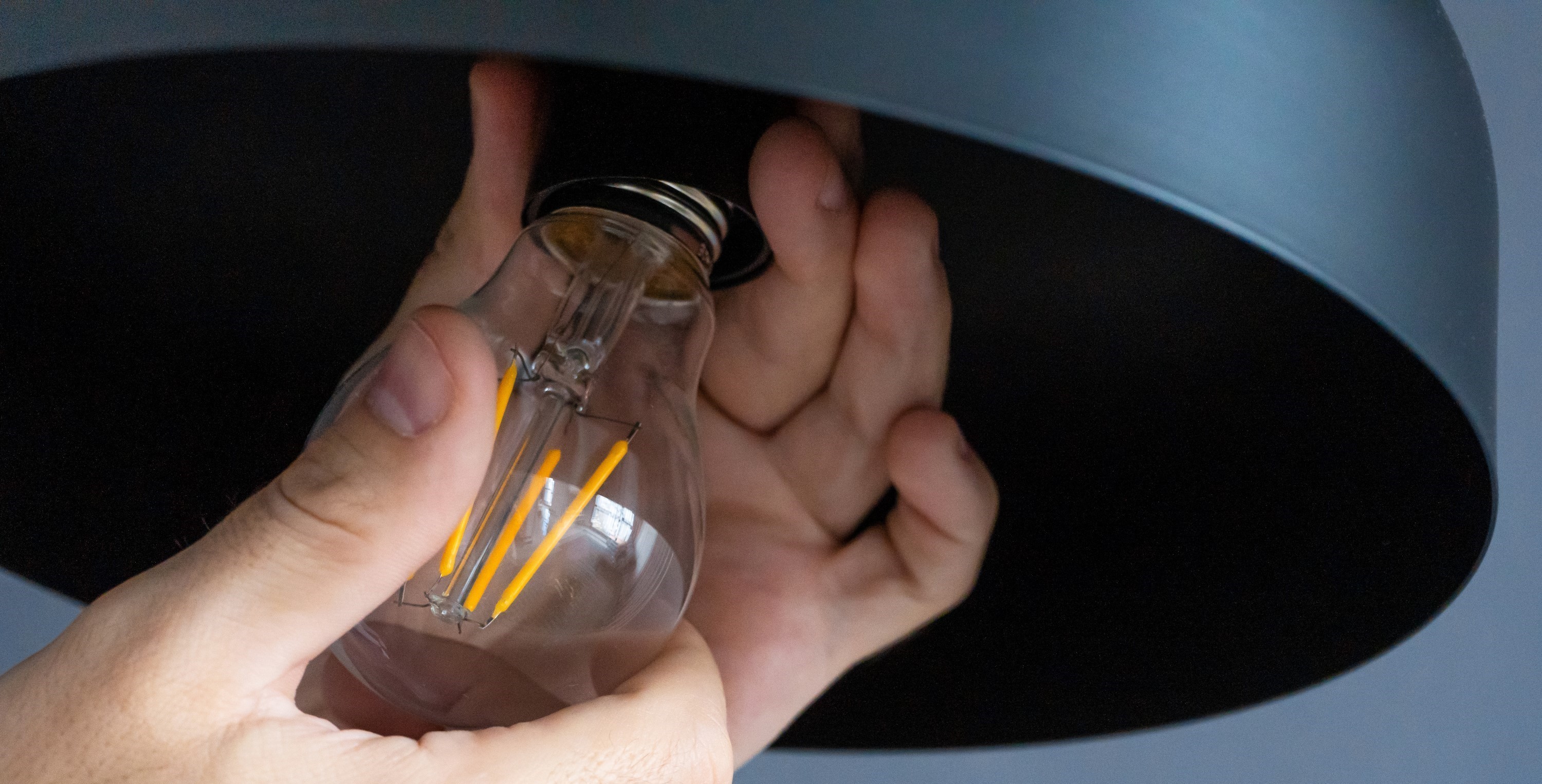
Everything That You Need to Know about the Latest Light Bulb Efficiency Standards
As of August 1st, 2023, a new energy efficiency standard from the US Department of Energy took effect; banning the sale and manufacture of any light bulb that does not meet these standards. These new standards essentially ban almost all forms of incandescent bulbs - the once ubiquitous type of bulb which has been seen in popular culture since it was patented by Thomas Edison at the end of the 19th century. But before you throw out all of your old incandescents, here’s an explanation of what the new regulations really ban as well as the several exceptions to these new rules.
The new DOE standards only ban the sale and manufacture of less-energy efficient light bulbs, not the use of said bulbs. So while you may not be able to find these bulbs on store shelves anymore, don’t expect that the FBI will be kicking down your door just because you still had some old incandescents collecting dust in your closet.
Additionally, the rule is not a blanket ban on all incandescent bulbs. Instead, the rule states that all light bulbs that are imported into, sold, or manufactured in the United States must emit a minimum of 45 lumens per watt. Lumens are the measure of light produced by a bulb and lumens per watt is how the ratio of electricity to light produced is determined. For reference, a typical LED bulb tends to produce 75 lumens per watt, while most incandescent bulbs are in the 15 lumens per watt range. The lower the amount of lumens per watt means that more energy, i.e.. electricity, is wasted creating unnecessary heat. These regulations on the energy efficiency of light bulbs date back to 2007 when then President George W. Bush signed the first national light bulb efficiency standards into law.
This new 45 lumen per watt minimum affects most incandescent and halogen bulbs. However, some specialty use bulbs are exempt from these regulations. This includes several bulbs used in appliances and uniquely shaped or sized lamps, as well as black lights, bug lamps, colored lamps, infrared lamps, left-handed thread lamps, grow lights, flood lights, reflector lamps, theater lights, and traffic lights.
While there is an understandable sense of wariness regarding such a wide-reaching government ban on something so innocuous as light bulbs, in the long run these new regulations may help where it matters most - your wallet. While the technology behind the incandescent light bulb has remained almost exactly the same since it was first introduced over a century-and-a-half ago, the advancement of LED technology just in the last decade has allowed for LED light bulbs to become as energy efficient as ever. Not only do LED bulbs produce the same amount of lumens as incandescents at a fraction of the energy cost, but LED bulbs last up to 25 times longer than their incandescent counterparts. This is thanks to higher lumens per watt of LED bulbs. Due to how light is produced in incandescent bulbs, only about 5% of the energy used actually creates light, while the remaining 95% is wasted as heat. Additionally, the increasing of the DOE’s energy efficiency minimum places compact fluorescent light bulbs on the chopping block next. Alongside LED replacements of incandescent bulbs, fluorescents have begun to be rapidly replaced with LED fixtures known as retrofits.
So, while these new energy efficiency regulations don’t mean that you immediately need to throw out all of your old incandescent and halogen light bulbs, it may give you the incentive to finally upgrade. That is, if you aren’t already a part of the nearly 50% of American households who have upgraded to LED bulbs since 2015.




